1. Your Hit Parade
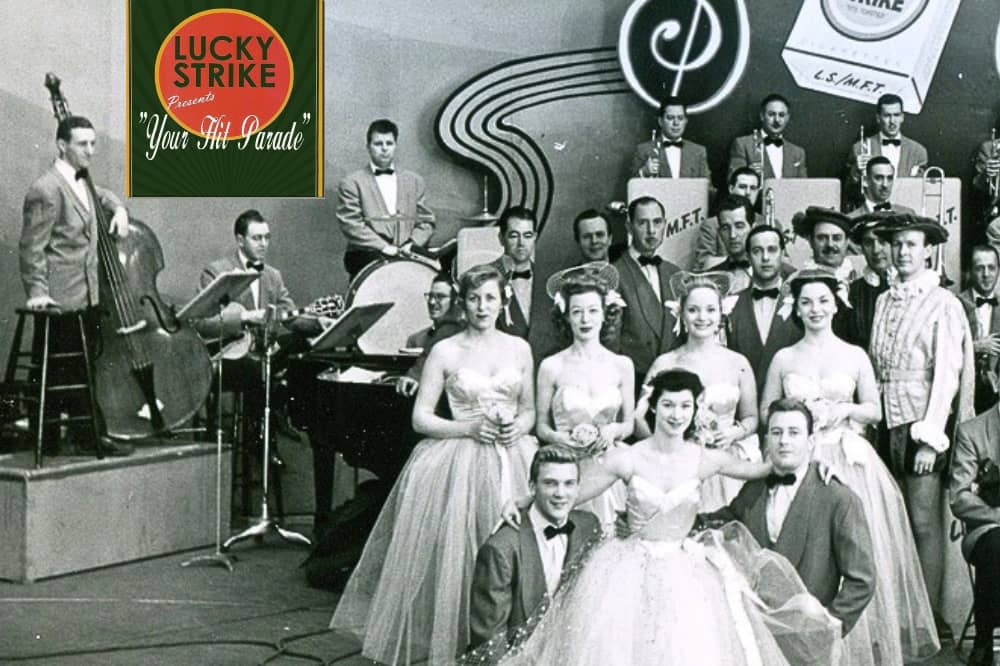
Television once played a huge role in how people discovered and enjoyed music. Long before YouTube and streaming apps, shows brought the sounds of each era straight into living rooms. When Your Hit Parade made the jump from radio to television in 1950, it became one of the very first music countdown shows to grab the nation’s attention. Each week, a group of singers performed the top songs of the day, often staged with elaborate costumes and themed sets that were sometimes charmingly odd or completely unrelated to the lyrics. The novelty of actually seeing music dramatized rather than just hearing it made the program feel groundbreaking. While critics occasionally poked fun at its campy production, audiences tuned in loyally for nearly a decade, making it a cultural fixture of the 1950s. More importantly, the show pioneered the idea of music as a visual medium, helping plant the seeds for music videos and later television innovations. Even after it went off the air in 1959, its influence lingered, as viewers had grown accustomed to the concept of music as entertainment that was as much about performance and image as it was about melody.
The show also played a role in standardizing the idea of a “weekly music chart,” making audiences curious to see which songs would climb or fall each week. It encouraged a collective viewing experience where people across the country followed the same hits together. Even though its production choices sometimes felt odd, the fact that it consistently highlighted the biggest songs of the time helped cement its reputation as an important cultural barometer. Its run illustrated how music could be packaged for television not just as sound but as entertainment built around shared national tastes.
2. American Bandstand
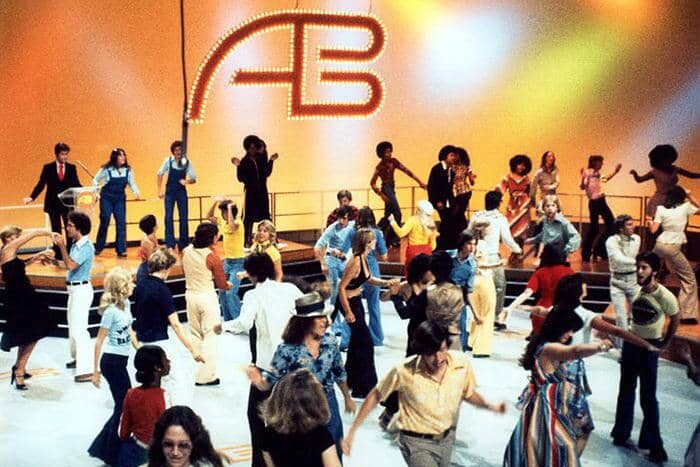
Launched nationally in 1957 with Dick Clark as host, American Bandstand became an institution for teenagers and music fans across America. The format was simple but effective: teenagers danced to the latest hits while major recording artists appeared to perform their newest singles. For over three decades, the program not only introduced young audiences to rising stars like Madonna, Prince, and Michael Jackson, but it also gave “regular” teens a chance to shine as minor celebrities for their dance styles and fashion sense. At a time when racial integration was still controversial, Clark’s decision to showcase Black artists alongside white performers made the show quietly groundbreaking. Beyond the music, the program had an almost social role, serving as a national gathering place for youth culture and giving millions of kids across the country a sense that they were part of something bigger.
Furthermore, its format of “Rate-a-Record,” where teens gave songs a score, gave audiences a sense of involvement in the music industry itself, as if they were part of shaping the charts. Over time, it provided a continuous bridge between generations of music, covering everything from early rock ’n’ roll to the rise of disco and beyond. Because of its long lifespan, the program offered a living timeline of changing American youth culture, with each decade reflected in its haircuts, slang, and energy. It became not just a music show, but a mirror of how young people were evolving. By the time it ended in 1989, American Bandstand had helped define generations of popular music.
3. The Ed Sullivan Show
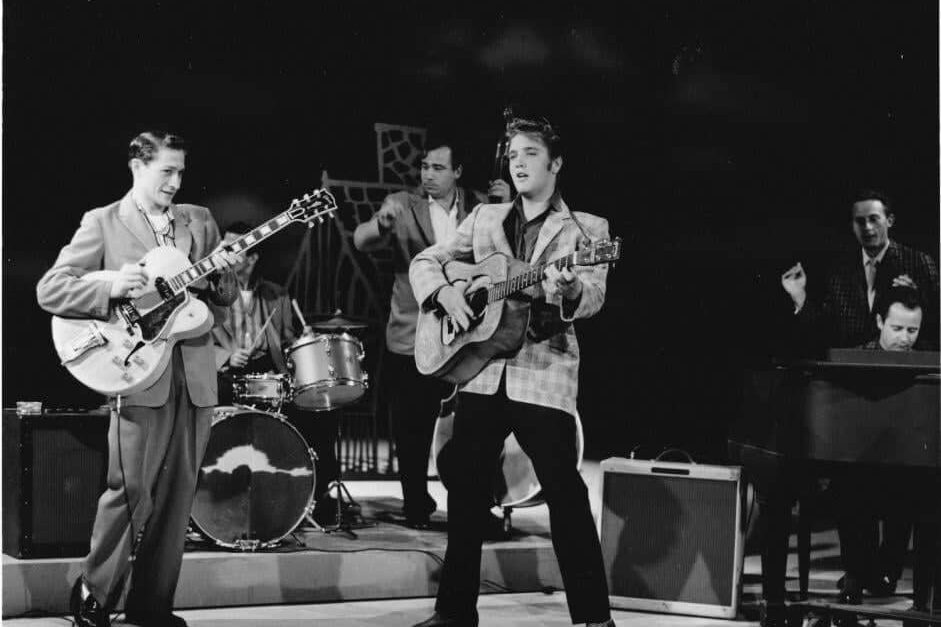
While The Ed Sullivan Show was not strictly a music program, its impact on music history is impossible to ignore. Running from 1948 to 1971, the Sunday night broadcast featured everything from comedy acts to magicians, but it was the musical performances that often stole the spotlight. Elvis Presley’s swiveling hips, The Supremes’ polished harmonies, and The Beatles’ explosive 1964 debut all became cultural landmarks that shaped how millions of Americans experienced pop music. Sullivan himself was not a particularly charismatic host, often stiff and awkward, but his ability to spot rising talent turned his stage into one of the most important launching pads in television history. Generations of viewers can still recall the excitement of tuning in to see who might appear next, whether it was a Motown group, a British Invasion band, or a young solo artist just starting to make waves. Few variety shows ever held such power in uniting families around the television set each week.
What set The Ed Sullivan Show apart was its sheer reach. Airing on Sunday evenings, it was a program entire families gathered around, giving musicians exposure to audiences far larger than they might reach through concerts or radio alone. For new acts, a single appearance could transform them into household names overnight. Sullivan’s reputation as a trusted figure meant that viewers were open to whoever he booked, whether or not they had heard of them before. This gave lesser-known performers a rare chance to break into the mainstream alongside already-famous acts. The show’s format also encouraged variety, mixing comedy, novelty acts, and drama with music, so that even viewers who weren’t necessarily fans of rock or pop still ended up watching performances. This broad approach helped normalize different genres for a wide audience, opening doors for styles of music that might otherwise have stayed niche. In many ways, it was television’s ultimate showcase of discovery.
4. Shindig!
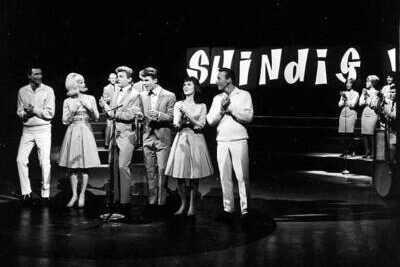
When Shindig! premiered on ABC in 1964, it captured the energy of the youth-driven pop explosion sweeping both America and Britain. The fast-paced show featured live and lip-synced performances backed by its talented house band, The Shindogs, with regular appearances by dancers who added to the show’s vibrant feel. In just two years on the air, it showcased an impressive lineup that included The Beatles, The Rolling Stones, and American stars like The Righteous Brothers. Its emphasis on rock ’n’ roll and teen culture made it a favorite with young audiences, and it reflected the spirit of a generation eager to embrace new sounds and styles. While its run was short-lived, ending in 1966, the program remains a vivid snapshot of mid-’60s music television and the era’s enthusiasm for both the British Invasion and homegrown talent. Today, old clips still provide a time capsule of the period’s music and style, preserving a moment when television began to fully embrace the energy of rock.
Unlike some of the more polished variety programs, the show had a loose, energetic pace that captured the thrill of hearing new sounds as they emerged. Its reliance on a house band and live musicians meant that performances often had a raw energy that matched the rebellious spirit of the era. By airing acts that were popular with teenagers but less familiar to older viewers, the program carved out a distinctly youthful identity. Its use of regular dancers also gave it a visual rhythm, turning each episode into a blend of live music and energetic movement. While many shows of its time focused on safe, established stars, Shindig! leaned into current trends and youth appeal, which helped it stand out. In that sense, it was one of the earliest TV shows to feel designed specifically for a teen audience.
5. Hullabaloo
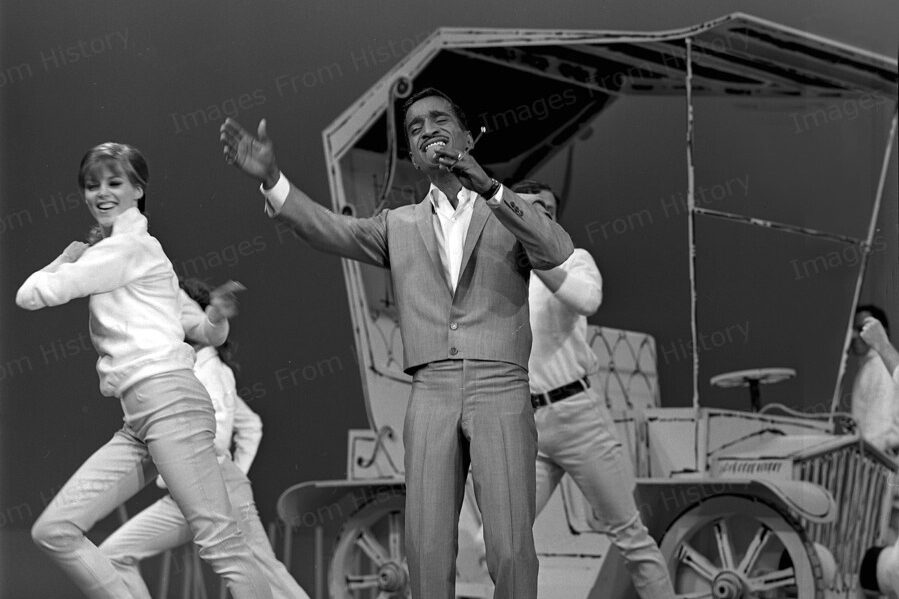
NBC’s Hullabaloo, which aired from 1965 to 1966, brought a sense of spectacle to the music variety format. Hosted by an array of celebrities, from Sammy Davis Jr. to Petula Clark, the show leaned heavily on vibrant choreography, colorful sets, and high-energy performances. Unlike Shindig!, which focused more on straightforward music, Hullabaloo embraced theatricality and production flair, often pairing dancers with acts like The Rolling Stones, Simon & Garfunkel, and Sonny & Cher. It mirrored the shifting culture of the 1960s, moving from the polished pop of the early decade toward a more experimental, youth-driven energy. Even though its run was brief, the program helped push television music shows toward bolder, more visually creative presentations. Fans often recall its glamorous dancers and striking stage designs as much as the music itself, which together captured the spirit of a rapidly changing era in pop culture.
Hullabaloo’s strength came from its commitment to mixing spectacle with star power. Each week, a different celebrity host gave the program a unique feel, making it less predictable than many of its competitors. The rotating lineup of performers meant that viewers could expect a blend of established stars alongside rising newcomers. The use of big production numbers, often involving elaborate lighting and choreography, added a theatrical quality that made it more than just a series of musical acts. For audiences, this created a sense of excitement, and every episode felt like a special event rather than a repeat of the same format. The show also provided a national platform for British Invasion acts, giving American audiences some of their earliest televised glimpses of groups that were reshaping global pop culture. By embracing bold visuals and top talent, it reflected a decade that was moving toward experimentation in both music and television production.
6. The Johnny Cash Show
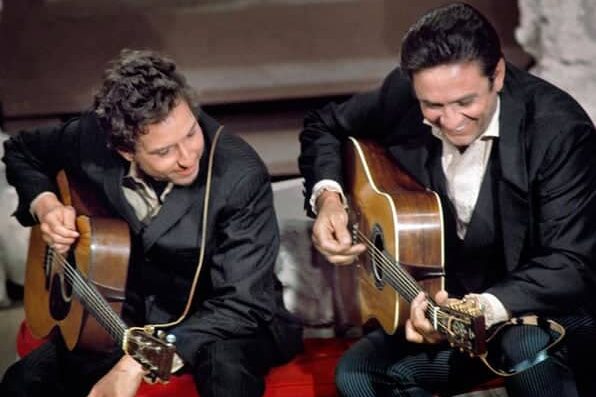
When The Johnny Cash Show premiered in 1969, it brought something different to the TV music landscape. Cash’s warm personality and credibility as a performer allowed him to invite a mix of country legends, folk artists, gospel singers, and even counterculture icons to the same stage. In just two short years, the program hosted the likes of Bob Dylan, Joni Mitchell, Ray Charles, and Louis Armstrong, often pairing mainstream names with edgier or lesser-known talent. Unlike shows that relied heavily on glitz and spectacle, The Johnny Cash Show felt authentic and heartfelt, with Cash often performing alongside his wife June Carter and other members of his musical circle. At a time when America felt divided by politics and culture, the show managed to bridge audiences who might not otherwise have shared musical tastes.
Cash’s own performances anchored each episode, but the real charm came from how he opened the floor to voices outside of the mainstream. For many viewers, this was their first time hearing folk ballads or socially conscious songs on a national platform. The program revealed that music could be both entertaining and thought-provoking, and its short run left behind an outsized influence on how television could balance artistry with accessibility.Though it ended in 1971, its legacy lives on as a rare program that blended Nashville tradition with the evolving sound of late-1960s and early-1970s music.
7. Soul Train
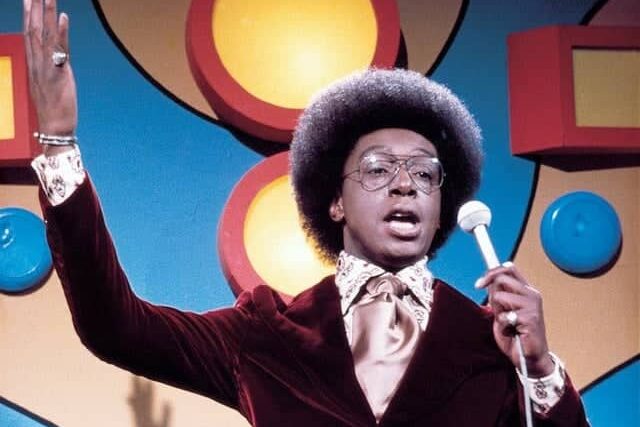
Debuting in 1971, Soul Train became one of the longest-running and most influential music programs in television history. Created and hosted by Don Cornelius, it was more than just a showcase of artists, it was a celebration of Black music, dance, and culture that spanned over three decades. Each episode featured live performances by major acts such as James Brown, Aretha Franklin, and later, hip-hop and R&B stars, along with the iconic “Soul Train Line,” where dancers displayed the latest moves. The show also set fashion trends, with its stylish regulars inspiring looks that spread across the country. For many viewers, Soul Train provided representation and visibility that mainstream TV rarely offered at the time.
Beyond being a music showcase, Soul Train built a community. The dancers who appeared weekly weren’t just background—they became recognizable personalities whose moves were copied by viewers at home. Their creativity helped popularize entire dance crazes that spread far beyond the studio. It wasn’t just entertainment, it was an institution that documented the evolution of soul, funk, disco, and hip-hop, while shaping the way American audiences appreciated Black artistry. it was a Saturday tradition that offered both familiarity and freshness, with each season reflecting shifts in music and culture. It wasn’t just about seeing the biggest stars, it was about seeing them in a setting that felt authentic and rooted in joy.
8. The Midnight Special
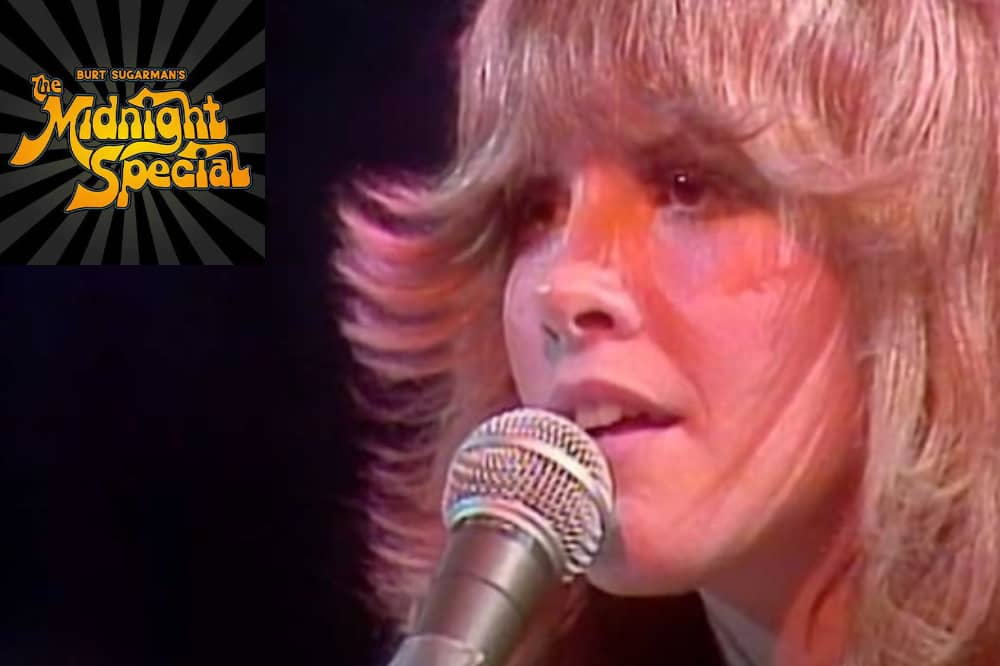
From 1973 to 1981, NBC’s The Midnight Special offered something unique: live, unedited performances from some of the biggest acts of the era. Airing late on Friday nights, the show felt like a concert in your living room, with artists like Fleetwood Mac, David Bowie, and Earth, Wind & Fire delivering extended sets rather than brief promotional appearances. Much of its run was hosted by the legendary DJ Wolfman Jack, whose lively personality matched the energy of the music. Unlike more polished shows, The Midnight Special embraced raw, real performances, giving audiences a sense of what it felt like to be at a live gig. For music fans who stayed up late, it was a weekly ritual, and for artists, it was a coveted stage that allowed for creativity and connection. Even after its end, the program remains a favorite among collectors and fans who revisit its iconic performances online.
Unlike daytime or prime-time shows, it didn’t have to cater to conservative tastes, which allowed for longer sets and edgier performers. Its unfiltered nature made it feel closer to a live concert than a television taping, and audiences valued that authenticity. The program also captured the spirit of the 1970s music scene, when genres like rock, disco, and soul were all thriving and sometimes overlapped in surprising ways. The show brought together performers who rarely shared stages elsewhere, exposing fans to music outside their usual preferences. It created a unique cultural meeting ground, reminding audiences that television could offer experiences beyond the mainstream. For many, staying up to watch The Midnight Special became a rite of passage, a late-night memory tied to some of the era’s most iconic acts.
9. Don Kirshner’s Rock Concert
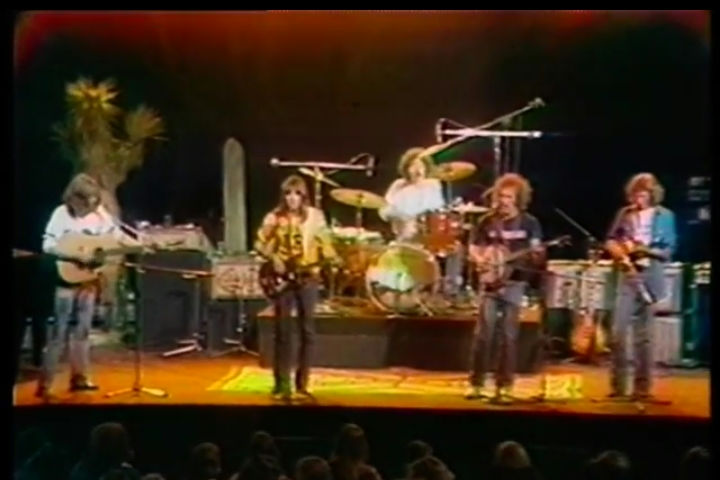
Also premiering in 1973, Don Kirshner’s Rock Concert gave late-night audiences another chance to experience live music, but with a special focus on rock. Known for insisting on live, not lip-synced, performances, Kirshner offered a platform that quickly became legendary. Bands like Led Zeppelin, The Eagles, and KISS appeared, delivering full sets that were often as close as fans could get to seeing them outside of a stadium tour. While Kirshner’s introductions were famously monotone and awkward, they became part of the show’s charm, making the performances shine even more. The program filled a gap at a time when rock music didn’t always get mainstream TV exposure, and it built a reputation for being where serious rock fans could see their favorite artists without compromise. Running until 1981, the show captured the spirit of a decade defined by big guitars, stadium anthems, and the raw energy of live rock.
In an era when lip-syncing was common on television, the program’s live-only policy stood out as a point of pride for both artists and fans. The production was straightforward—no flashy set pieces, just the band and the music, but that was exactly what made it appealing. For serious rock enthusiasts, it was one of the few places on television that treated the genre with respect. It also introduced audiences to new and experimental sounds, featuring acts that were still building their fanbases. This made it a trusted space for discovery, where a lesser-known group could appear alongside household names
10. Hee Haw
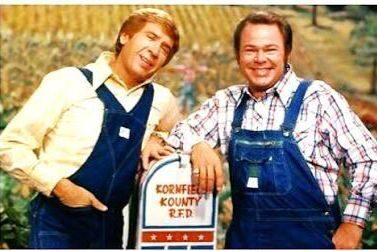
Blending country music with slapstick humor, Hee Haw carved out a unique place in television history. Premiering in 1969, it was co-hosted by Buck Owens and Roy Clark and featured an ever-changing mix of major country stars alongside recurring comedy sketches. With its cornfield jokes, “pickin’ and grinnin’” routines, and the famous Hee Haw Honeys, the show embraced rural culture in a way that felt both affectionate and exaggerated. While critics often dismissed it as lowbrow, its popularity proved otherwise, it ran in syndication until 1993, making it one of the longest-lasting variety shows of its kind. Beyond the comedy, Hee Haw provided a regular national platform for country music during a time when the genre often struggled to get mainstream attention. Fans loved its mix of familiar faces, homespun humor, and chart-topping country hits, and for many families, watching it together became a weekend tradition.
Hee Haw’s staying power came from its ability to mix humor with music in a way that felt familiar to its audience. Instead of presenting country music in a polished, urban setting, it leaned into rural backdrops and playful exaggeration. The jokes, though corny, were easy to share with family, and the musical guests brought genuine talent to balance the comedy. Because it aired in syndication for much of its life, local stations could schedule it at convenient times, which helped it reach communities often overlooked by network television. The show also offered consistent exposure to country performers who might not otherwise have had a national platform. For artists, an appearance on Hee Haw meant connecting with a loyal audience that deeply valued the genre.
11. The Lawrence Welk Show
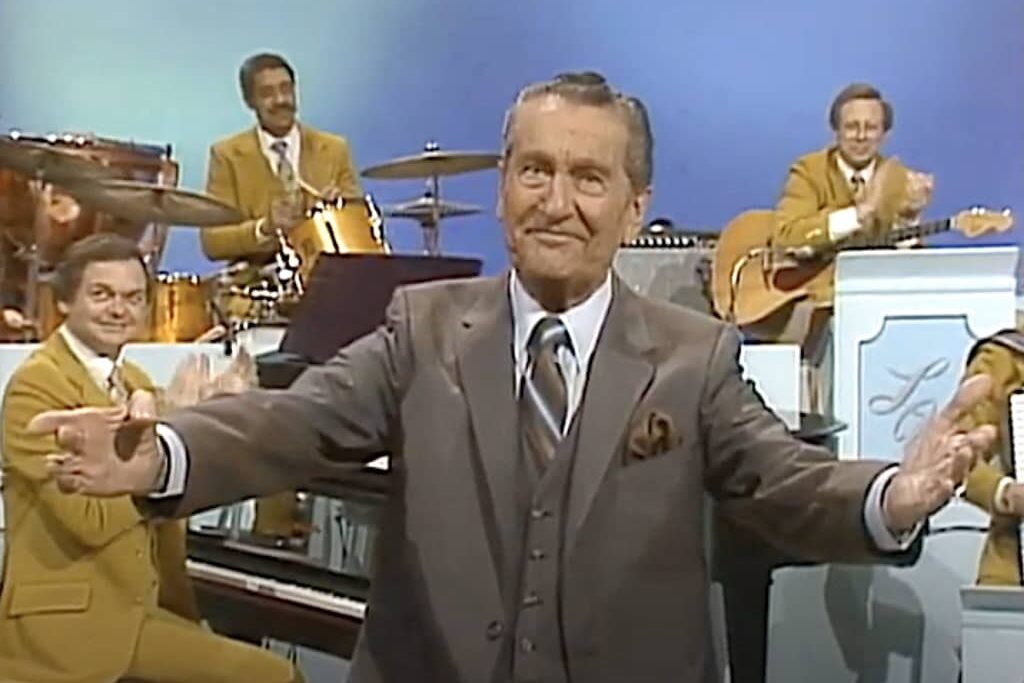
Running from 1955 to 1982, The Lawrence Welk Show was one of the most enduring music programs on television. Hosted by bandleader Lawrence Welk, the show featured what he called “champagne music”, a light, easy-listening style that appealed especially to families and older audiences. Its format included orchestra performances, wholesome vocal groups, and plenty of smiling, cheerful dancers. While younger generations often mocked it for being overly square, the show was a ratings success for nearly three decades, proving there was an appetite for polished, family-friendly entertainment. For many households, it was a Saturday night ritual, with Welk’s gentle manner and trademark “wunnerful, wunnerful” catchphrase becoming part of American television culture. Even today, reruns still find an audience, a testament to its lasting appeal as a feel-good slice of nostalgia.
What truly defined The Lawrence Welk Show was its ability to create a sense of continuity for families. Week after week, viewers could count on the same gentle tone, familiar performers, and polished orchestral arrangements. Welk cultivated a cast of recurring singers and musicians who became household names in their own right, fostering a loyal bond with the audience. The program also reflected the values of an era that prized wholesomeness and predictability, offering a safe alternative to the more rebellious music scenes taking shape elsewhere. Its carefully staged sets, sparkling costumes, and waltz tempos presented a picture of entertainment designed to soothe rather than provoke. For many, it became background to family gatherings, a steady reminder of tradition in a time of rapid cultural change.
12. Austin City Limits
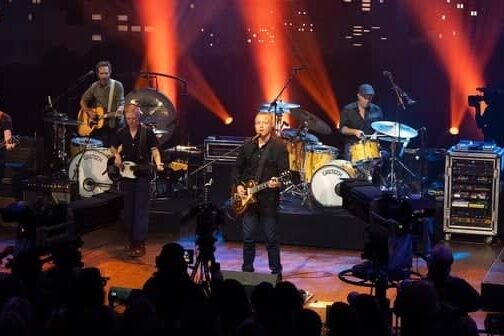
Launched in 1974 on PBS, Austin City Limits quickly earned respect for its commitment to high-quality live music. Unlike flashier variety shows, it adopted a simple, intimate staging that put the focus squarely on the performers. Originally designed to showcase Texas and country music, it soon expanded to include rock, folk, blues, and international acts. Legendary sets from Jason Isbell & the 300 unit, Willie Nelson, Stevie Ray Vaughan, and countless others helped cement its reputation as one of the most important live music stages on television. The program’s relaxed atmosphere allowed artists to perform extended sets, giving viewers an authentic concert experience. Remarkably, the show is still running today, making it the longest-running music program in American TV history and a continuing honor for musicians of every genre who take its stage.
It also helped put Austin, Texas, on the cultural map, reinforcing its reputation as a hub for live music. Over time, the program became known for recording iconic performances that served as career milestones for both emerging artists and established legends. Its partnership with public broadcasting meant it avoided the pressures of commercial television, which allowed it to stay true to its mission. For viewers, the show became a trusted source for authentic live music, providing a window into genres that might otherwise have stayed regional or underground.
13. Solid Gold
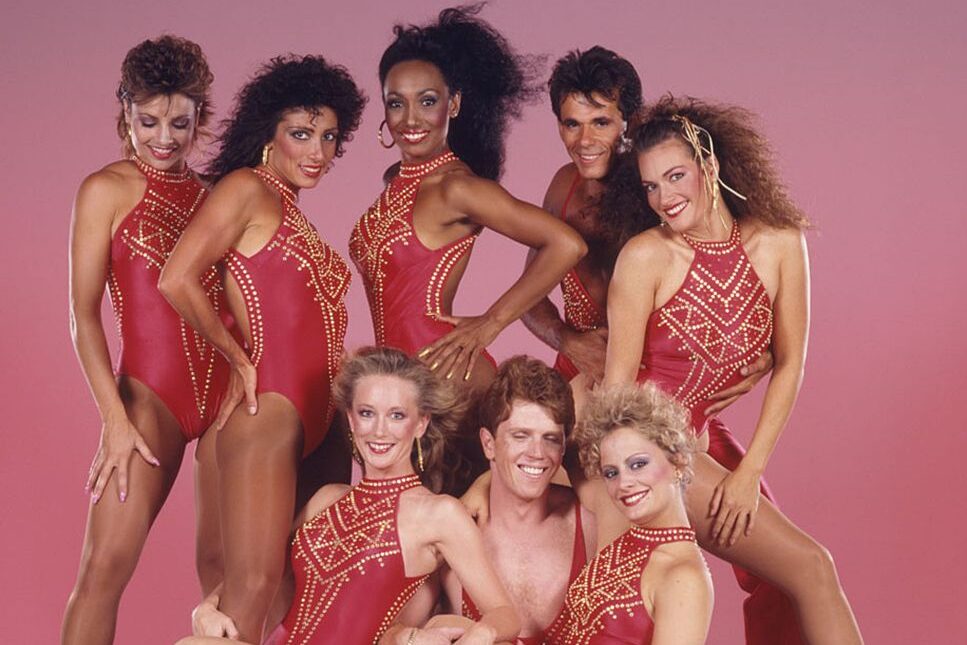
Premiering in 1980, Solid Gold stood out with its combination of pop music countdowns and over-the-top dance routines. Each week, the “Solid Gold Dancers” performed energetic, sometimes quirky choreography to the week’s biggest hits, while guest stars appeared to sing their songs live or lip-synced. The show quickly became a snapshot of 1980s pop culture, full of bright costumes, glittering sets, and an unapologetic embrace of the era’s trends. While critics sometimes mocked its campy feel, audiences loved it, and the program provided a national stage for stars like Michael Jackson, Whitney Houston, and Lionel Richie. Its countdown format also kept it tied to the pulse of popular music, making it both fun and relevant for fans who wanted to see their favorite songs brought to life on TV. Running until 1988, it remains one of the most iconic shows of its decade.
Its willingness to embrace the trends of the moment gave it a lively, almost theatrical quality that captured the energy of the decade. Guest hosts and rotating performers kept the program unpredictable, and the dancers’ routines became a conversation piece that extended beyond the music itself. For fans, it offered both familiarity and surprise, with each episode promising a fresh take on the week’s chart-toppers. Even today, the show is remembered as a cultural time capsule, reflecting the fun, flash, and excess that defined 1980s popular entertainment.
14. MTV Unplugged
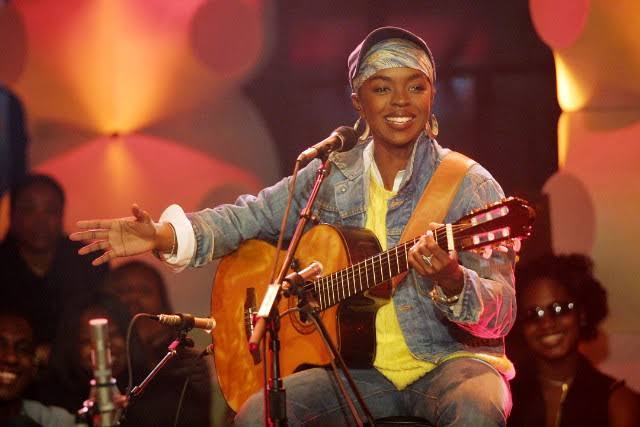
When MTV Unplugged debuted in 1989, it flipped the network’s usual music-video formula by focusing on stripped-down, acoustic performances. The concept was simple, take big artists out of the flashy arena setting and showcase them in an intimate space with minimal production. The results were often magical, producing career-defining moments such as Nirvana’s haunting 1993 set, Eric Clapton’s Grammy-winning session, and Lauryn Hill’s soulful performance in 2002. The show highlighted the artistry behind the hits, giving fans a new appreciation for the raw talent of their favorite performers. While its original run defined much of the 1990s, MTV has occasionally revived the format for special events, and it continues to carry prestige as a proving ground for authenticity over spectacle. Few programs have captured the spirit of live music so purely on television.
The unique appeal of MTV Unplugged was its ability to strip away the layers of production that defined so much of late-1980s and 1990s music. By presenting artists in an acoustic setting, it exposed the strength of songwriting and performance without the distractions of heavy instrumentation or special effects. The intimacy of the format allowed fans to hear familiar songs in a new light, often with reworked arrangements that became iconic in their own right. For many artists, appearing on Unplugged was both a challenge and an opportunity, testing whether their music could stand on its own. The program also broadened the definition of what MTV could be, proving that the network could support artistry as much as spectacle. Some of its sessions went on to define careers, while others revealed hidden depth in performers not always taken seriously.
A Final Note on Music TV
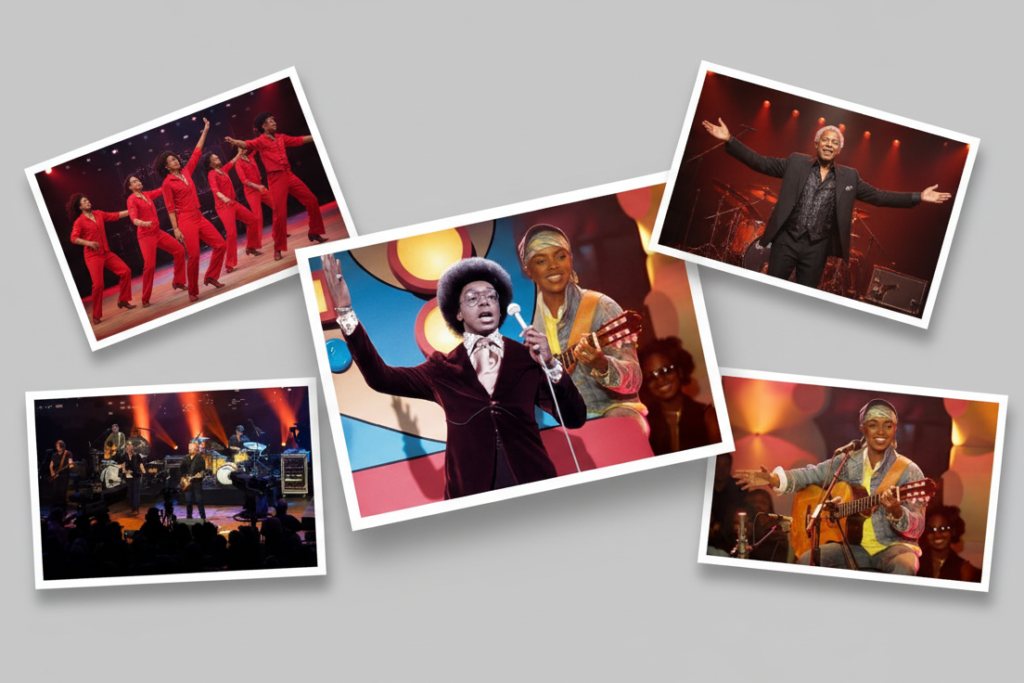
Looking back at these shows, it’s clear that television once played a central role in shaping how people experienced music. From countdowns and dance lines to intimate acoustic sessions, each program reflected its time while leaving a mark that still resonates today. They weren’t just entertainment, they introduced new stars, bridged cultural divides, and gave audiences a shared soundtrack to their lives. Even in today’s world of streaming and on-demand music, the memory of these shows reminds us of when gathering around the TV meant discovering something new together.
This story Celebrating Decades of TV’s Greatest Music: From Your Hit Parade to MTV Unplugged was first published on Daily FETCH


